[ By WebUrbanist in Technology & Vintage & Retro. ]

Back in the 1600s, long before science fiction authors dreamed up digital e-readers, this Jacobean traveling library was making the rounds, housing dozens of small books in a larger book-shaped case. Bound in leather like a large folio volume, it is thought to be one of the first of its kind.

The handcrafted wooden shell was purpose-built to house a collection of littler volumes that could in theory be swapped out for different journeys, much like loading up a modern device with novels (or torrents).
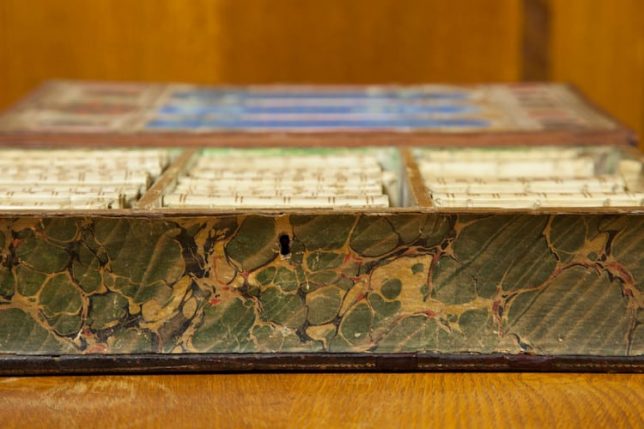
Located at the University of Leeds Library, this case is presumed to have been commissioned by a lawyer and politician named William Hakewell in 1617 as a holiday gift (as the recipient’s and giver’s coats of arms are both found on the case). The case is quite compelling — it looks a lot like a book upon casual inspection — while the contents are neatly arranged in similar-looking bindings.

The gift included classics by Ovid, Virgil and Cicero among others, spanning a range of philosophical and theological subjects. Hakewell commissioned several similar cases over the years, which would also have facilitated trades across collections of friends if they were so inclined. Each case also contained a list of original books that came with the commission, which in turn have numbers corresponding to the list




[ By WebUrbanist in Technology & Vintage & Retro. ]
[ WebUrbanist | Archives | Galleries | Privacy | TOS ]








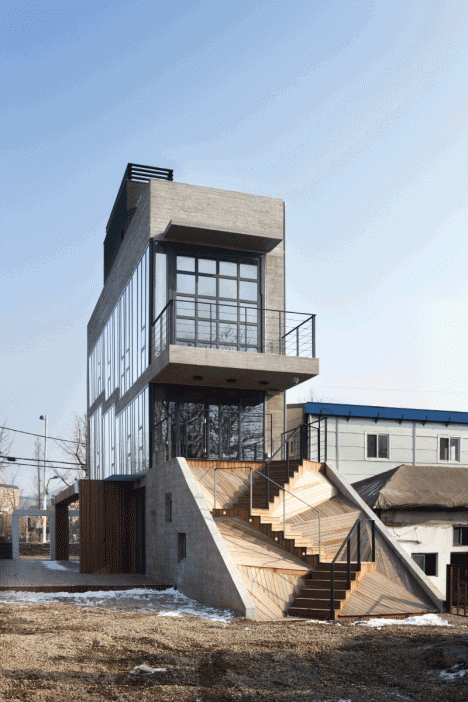
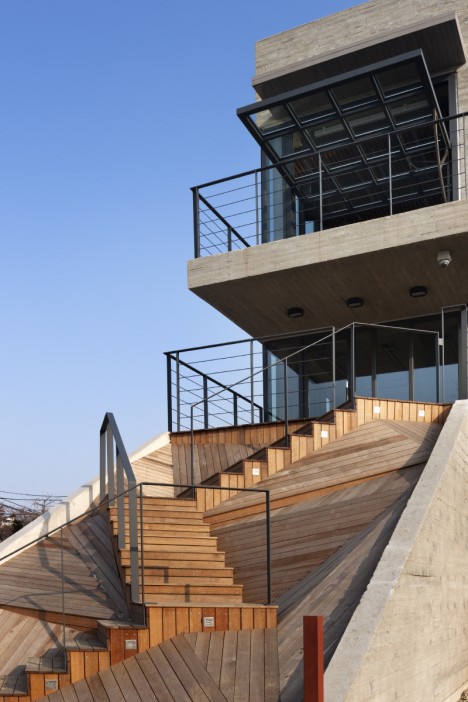
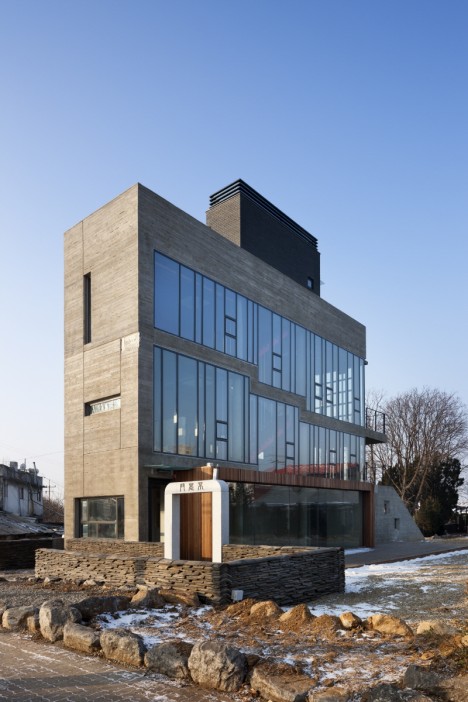
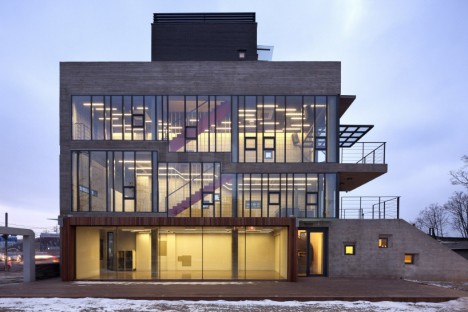

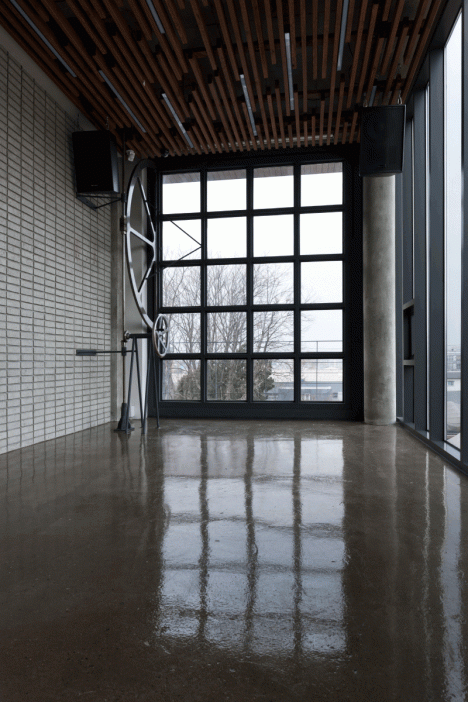







You must be logged in to post a comment.